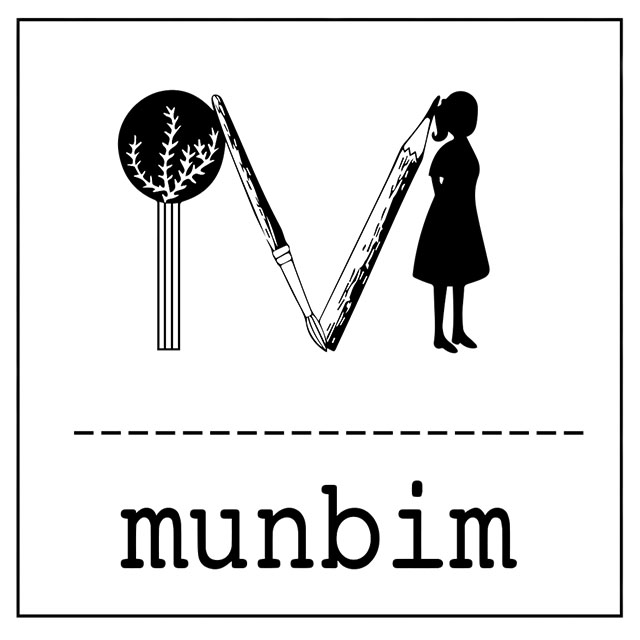[희미한 집들] 의 집은 기초를 다지고 구조를 만들고 벽체를 세우는 방식이 아닌, 집이
가진 외형적인 언어들을 공예적인 방식으로 바라보고 ‘만들어진‘ 집이다.
전시는 종일 골목을 누비다 저녁이 되면 담벼락 너머로 새어 나오는 빛을 친구 삼아 집
으로 돌아가던 유년의 기억에서 시작 된다.
“어린 시절, 창문으로 새어 나오는 빛을 따라 집으로 돌아가는 길 위의 마을은 어느 순간
하나의 거대한 집처럼, 집들은 그 속에서 빛나는 작은 전등 처럼 보였다. 집이 마을을 밝
히는 공공의 가로등인 셈이다. 작은 사물이 크게 다가오기도 하고 큰 세계를 작게 축소
시키기도 하는 어린 시절에 종종 일어나는 착시 같은 것이었다.”
공예가 가진 언어로 짓는 집에 대한 물음에서 출발한 [희미한 집들] 은 작은 물건을 만들
때의 기법과 섬세함을 가진 도시를 밝히는 공공의 조명으로 변모 되어 담벼락 너머 삐죽
이 솟아 저마다의 빛을 밝히며
관객들을 기다린다.
[Faint Houses] originated from the designer's memories, who used to wander through the alleyways all day and return home in the evening, accompanied by the faint light seeping over the walls. During his childhood, the village along the path was illuminated by the light streaming through windows, when all of a sudden it felt like one giant house, with individual houses shining like small lamps within. Reaching home after a long journey, there were days of relief. It was like an illusion where small objects appear to be very large while in contrast, the vast world appears to shrink. These memories differ from the present, where streetlights illuminate the cold bright roads to underground parking lots. However, even as an adult, there are occasional moments when one desires to walk along that faint light. This exhibition, "Faint Houses" isn't about houses built through laying foundations, constructing structures, or erecting walls, but rather about translating a house's visual definition through a craft-based approach. Perhaps these lights are constructed for the present cityscape which seems to lose its warmth despite rows of bright streetlights. In the corners of the darkening city, houses stand tall, each emitting its light, awaiting its audience.
![희미한 집들 - [희미한 집들] _ Faint House –The Way Home](https://houseplus.io/wp-content/uploads/2025/04/1707888584395.png)




